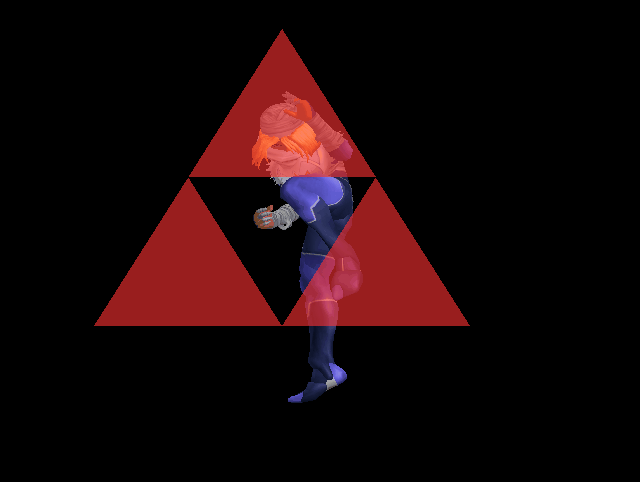Well, that's the most solid point the video in the OP has. When you have good and evil version of a single character and depict it with changes in skin tone you got something of a point, however a problem with that is that the characters are light-skinned and light-skinned people can change pretty wildly in skin tone. The characters clearly aren't changing race, and I doubt anyone would mistake them for changing race. Also the characters could just be changing brightness, as if cast in magic shadow to represent darkness. For example, if you just lower the brightness on regular Ken by 70% you pretty much get Evil Ken. And there's possibly an association with death since skin darkens when it dies. But yeah, this is the strongest argument in the video.
Then the video goes off on weaker arguments. Bringing up Ganondorf as an example is strange because if villains are human they're usually white. The stereotype is rich powerful white people are usually the bad guys, and trying to find examples of black villains is kinda hard. Ganondorf being one of the main 3 characters in such a big franchise should really be a positive. Then there's the fact that while Ganondorf is evil, his own race in OoT disowns him and helps Link fight against him, with one member taking the role of sage along with another dark-skinned warrior.
And then he tries to say black hair = dark skin which is stretching it.
Sure. It's possible. It's not like women didn't used to do that.
And everything about Zelda once she's revealed presents her as vulnerable. Once her identity is revealed she has to hide since Ganon has no reason not to go after her. The only reason Link has the luxury of continuing his quest is because he's no threat to Ganon yet and Ganon needs him to collect the Triforce of Courage first. Link got bodied by Ganon the first 2 times they met, so it's not like he's presented as being much better off than Zelda until he repairs the Master Sword.
Wind Waker goes out of its way to present Tetra as good and that she secretly kinda knows she's Zelda. She puts on a front so that her crew doesn't suspect what she's doing, but she helps Link at several points and does that wink thing to let you know she's doing it on purpose. Her room is full of stuff related to the Hero and the Triforce, including the tapestry telling the legend of the Hero of Time.












